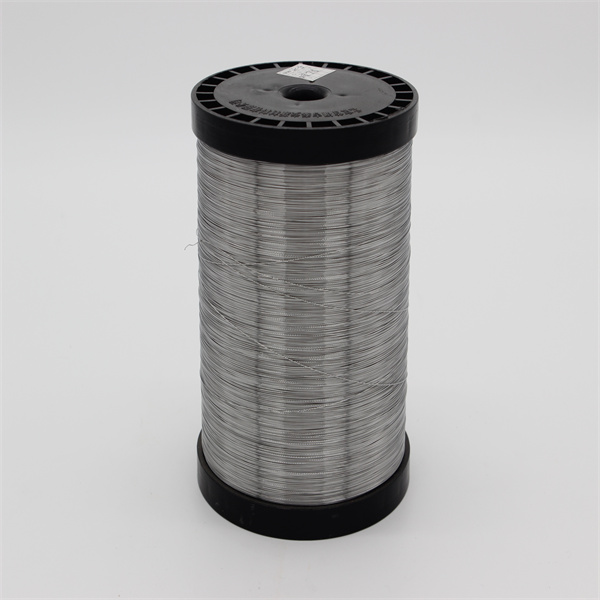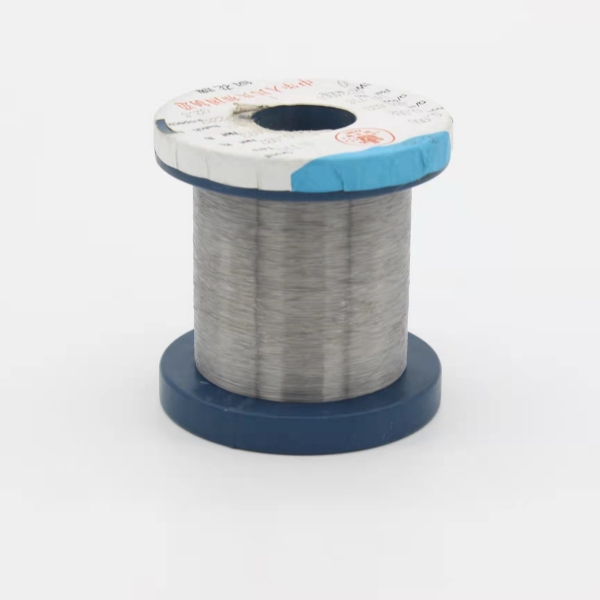Many deepwater fields have shallow reservoirs, which results in low well-head temperatures. When this situation is combined with long flow-lines and long risers, keeping flow temperature above the critical wax and hydrate formation temperatures requires remedial action. Production fluids are cooled by two phenomena:
In deep water, where pressure loss over riser height is large, the latter is usually the most critical. Two main conditions need to be addressed when considering riser system flow assurance: GITANE High Temperature Nickel Alloys

To assure a certain "topsides arrival temperature" or "minimum cool down time," the most simple solution is to insulate the pipe. Sometimes, however, active heating is required, for example, when heat loss due to gas expansion is such that the requested arrival temperature cannot be achieved, even with a perfectly insulated pipe.
Since the flow condition will change during the field's life, insulation and/or active heating should be adapted to the different conditions. Also, flow assurance aspects of a riser system need to be addressed in tandem with the flowlines to which they are connected.
As both conductivity and mechanical resistance of materials decrease with density, materials with good insulation properties are normally mechanically weak, and therefore need to be protected against outside loads such as the hydrostatic pressure. Pipe-in-pipe (PIP) systems provide much better insulation values than single pipelines.
Previously, PIP system choice was often driven by high temperatures for which existing thermoplastic materials were not suited, leading to use of mineral wool as insulation. Microporous materials are more appropriate for PIP systems with a specifically low U value. Coflexip Stena Offshore, which has undertaken four reeled PIP installations, developed and qualified a reelable PIP, incorporating a microporous product with a conductivity as low as 0.02W/m.K.
For a PIP system with 10-in. flowline and a 16-in. carrier, a U value lower than 0.7W/m2.K can be attained. CSO Apache will install the first microporous reeled PIP early this year in the Gulf of Mexico.
In some cases, active heating can be a good alternative to large amounts of passive insulation, especially if the requirement for high insulation only applies to a small part of the field life or during shutdown or startup operations. The two main systems involve electric heating or heating by circulation of hot fluids.
For flexible pipes, electric heating has been applied or tested in two different concepts:
For rigid pipes, two choices are available - fully insulated and grounded direct electric heating (DEH). Regarding the former, the insulation and electrical isolation coating must be 100% reliable, which is not easily achieved. However, it is a very efficient heating system.
A grounded DEH was chosen for the Asgard B pipelay, undertaken by the CSO Apache last spring. Current is injected through a cable at 1,520A, with the return current partly through the flowline (1,060A) and partly through the seawater (460A).
For a flexible pipe, the bundle concept has been used for several years by CSO in the form of the integrated service umbilical. Such risers are in service in the North Sea and in deepwater fields. The same concept is used for the integrated production bundle (IPB), which consists of a:
Main functions of the tubes/hoses are active heating by hot water (or other fluid) circulation, and gas lift - injected at the riser base. The active heating system can be adjusted to the requirements of each project. Both closed or open circuit (discharge to sea at the riser base) are feasible.
Integration of gas lift inside the production riser avoids the need for an extra riser and subsea connection, and also can contribute to heating of the production fluid and, at the same time, injection of hot gas. The IPB is insulated from the cold seawater by a variable thickness insulation material resistant to high pressure loads such as glass syntactic foam. Other functions such as temperature monitoring by optical fiber or hydraulic/electric controls can easily be built into the IPB.
The time required for a pipe and its contents to cool down during a shutdown period depends not only on the conductivity of the different components, but also on their mass and heat. Therefore, the cool-down behavior of a rigid and flexible pipe of identical U value are not the same.
An accompanying figure shows a rigid and a flexible pipe with identical U values (2W/m.K for 1-meter pipe, or 3.2W/m2.K when referring to the rigid pipe's OD).
The insulation coating on the rigid pipe is glass syntactic material. Steel masses for the two pipes are almost identical. The difference arises in the weight of insulation, which is heavier for the rigid pipe than for the flexible pipe. However, the flexible pipe also contains several thermoplastic layers which have a higher mass and heat than the insulation layers and therefore a higher total capacitance. This results in a longer cooldown time for the flexible pipe, as shown above.

Heat Resistant Wire For Oven Advances in Riser Technologies Conference, Aberdeen, June 2000.